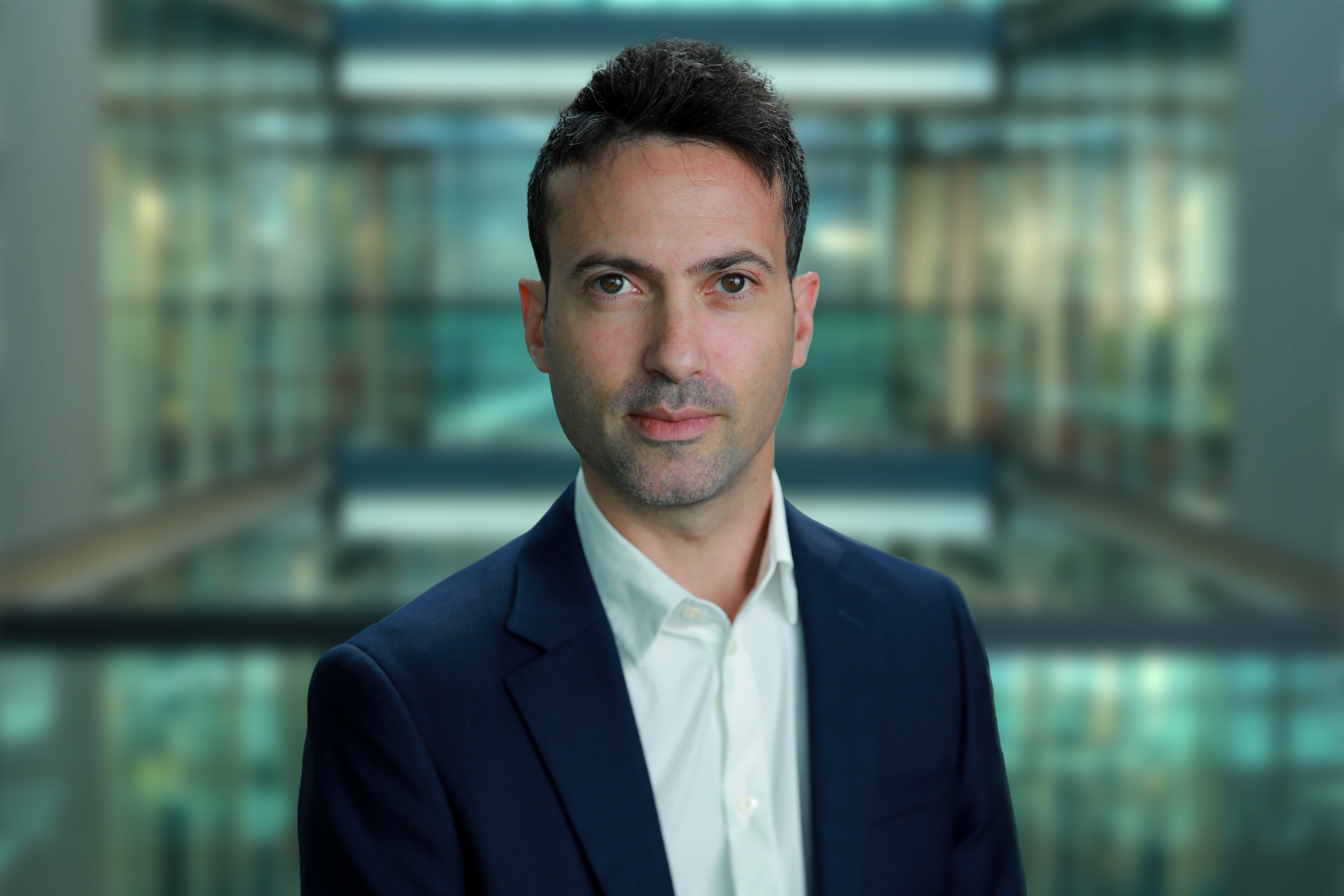EY refers to the global organization, and may refer to one or more, of the member firms of Ernst & Young Global Limited, each of which is a separate legal entity. Ernst & Young Global Limited, a UK company limited by guarantee, does not provide services to clients.
EY Study: Lack of autonomy and patient safety driving clinicians to sound the alarm for new care delivery models
- 42% of clinician responses cite lack of autonomy or control as top reason to leave medicine
- Clinicians feel their time is monopolized by data collection, and neither they nor their patients see the benefits
- 40% say better preventative care is critical to fixing care delivery
EY Global Voices in Health Care Study 2023 finds clinicians are calling for models that allow them to put patients first without sacrificing their own quality of life.
Clinician respondents cited lack of control or autonomy (cited in 42% of responses), burden (38%) and concerns for patient safety and moral injury (27%) as the top factors for why they would leave the profession. Clinician respondents also expressed the need for more time per patient to feel like they are practicing medicine safely, caring for patients and realizing their purpose.
The EY study, based on more than 100 in-depth interviews conducted with patient-facing clinicians (including physicians and nurses) and health system executives in 11 different countries, including the US, Australia, Canada, Germany and the UK, aims to understand the pain points for front-line clinicians, what is driving workforce shortages around the world and how health systems should shift care delivery models to better attract and retain health care workers.
The study also found care delivery models of today rest on the idea that clinicians will continue to work as they have for generations – across long hours, often unpaid for charting and mentoring time and for training new doctors and nurses. Meanwhile, health care workers interviewed have been raised on the idea that work-life balance is important. Often mission-driven, they want to see better outcomes and experience for their patients, and for themselves.
Aloha McBride, EY Global Health Leader, says:
“The EY Global Voices in Health Care Study 2023 finds that care delivery models are not working for today’s clinicians, and probably won’t work for tomorrow’s. However, we have already seen the tremendous costs of not having resilient workforce strategies. We need to hear our clinicians. For example, when health systems improve workflows to save time, are they using it to optimize the patient-clinician experience, or adding more patients?”
Workforces in crisis
As they were confronting a crush of extremely ill patients, financial challenges and skyrocketing labor costs, health system executives tended to focus on pay in their response to the shortages (39% cited this approach), making sure clinicians were practicing at the top of what their license enabled (33%), education pipeline initiatives (33%) and wellness benefits (22%). However when asked how health systems need to change in the future, the top changes cited by clinicians were: more preventative care, better staffing ratios and better flexibility.
Perhaps reflecting their poor experience with digital health tools, better use of technology was cited by 15% of clinician interviewees as having potential to improve the system, compared to 47% of health executives who identify technology as a key part of fixing the health delivery model. Of the clinicians interviewed, many expressed dissatisfaction with the effectiveness of some newly introduced digital tools, such as siloed apps or platforms that require multiple logs per patient. Many clinicians expressed potential in the usefulness of new digital tools, praising examples such as artificial intelligence (AI), bedside tablet PCs and voice dictation software but stated tools must be designed for the reality of how they work to be beneficial.
Too much data, very few insights
According to the EY study, none of the clinicians interviewed said they have access to analytic insights about their patient pool. Only 26% of health system executives surveyed say they are using data analytics insights to create patient care pathways and just 30% say they are using analytics for workforce planning and management. Clinicians expressed frustration at having access to too much data at times, unable to decipher actionable insights for what they need, through lack of tooling.
Potential of virtual care and task burden
The study reveals a large proportion of clinicians (88%) interviewed see potential in virtual and remote methods, with more than half (53%) citing primary and chronic disease as the top area patients are benefitting, followed by rural areas and the elderly (16%).
When discussing ways to relieve the burden of tasks, 85% of physicians saw opportunity to hand off tasks to other roles, such as assistants, nurses or clerks, both for transferring care tasks to other team members and reducing administrative burden. However, only half of nurses saw the potential to transfer tasks to others. In many interviews, physicians and nurses voiced that when they have tasks taken off their plate, they say it doesn’t lead to more time with their patients.
McBride says:
“Health organizations can address continuing workforce challenges by advancing hybrid care models that seamlessly integrate remote and in-patient care to relieve care demand, expand preventative care and improve patient and clinician experience. Data insights can help drive this shift to a new care model that works for the clinicians of today and tomorrow.”
The full survey report is available at ey.com/HealthcareVoices
-ends-
Notes to editors
About EY
EY exists to build a better working world, helping create long-term value for clients, people and society and build trust in the capital markets.
Enabled by data and technology, diverse EY teams in over 150 countries provide trust through assurance and help clients grow, transform and operate.
Working across assurance, consulting, law, strategy, tax and transactions, EY teams ask better questions to find new answers for the complex issues facing our world today.
EY refers to the global organization, and may refer to one or more, of the member firms of Ernst & Young Global Limited, each of which is a separate legal entity. Ernst & Young Global Limited, a UK company limited by guarantee, does not provide services to clients. Information about how EY collects and uses personal data and a description of the rights individuals have under data protection legislation are available via ey.com/privacy. EY member firms do not practice law where prohibited by local laws. For more information about our organization, please visit ey.com.
This news release has been issued by EYGM Limited, a member of the global EY organization that also does not provide any services to clients.
About the study
From March through June 2023, EY conducted more than 100 in-depth interviews with clinicians and health system executives in 11 countries to better understand what is driving health care workforce shortages and how care delivery models need to shift in the future. EY also analyzed government data, evaluated academic articles and conducted a comprehensive literature review on the workforce shortages in the 11 countries involved in the study: Australia, Brazil, Canada, Colombia, England, Germany, Ireland, Japan, Norway, Sweden, and the United States.
Related news
NEW YORK 17 OCTOBER 2023. EY Global Voices in Health Care Study 2023 finds clinicians are calling for models that allow them to put patients first without sacrificing their own quality of life.
EY survey: 42% of global health consumers rate access to care as below average
LONDON 7 JUNE 2023. The EY Global Consumer Health Survey 2023, released today, finds that access to care is valued most highly by consumers.
LONDON, 9 JANUARY 2023: Global life sciences mergers and acquisitions (M&A) investment totaled US$105 billion in the first 11 months of 2022, with total deal value well down on 2021, according to the 11th edition of the annual EY M&A Firepower report.





